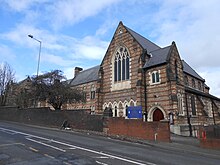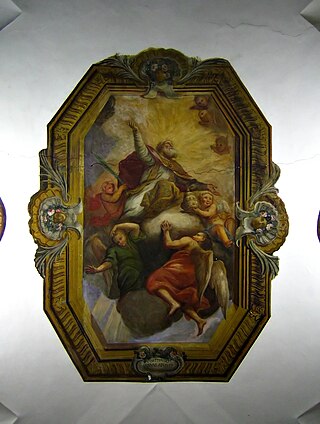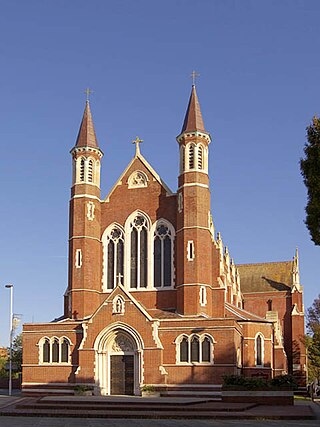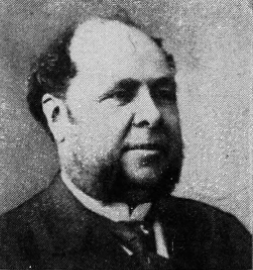Life
He was the second son of George Barons Northcote. Educated first at Ilmington Grammar School, he won in 1837 a scholarship at Corpus Christi College, Oxford, where he came under John Henry Newman's influence. In 1841 he became B.A., and in the following year married his cousin, Susannah Spencer Ruscombe Poole. [1] They had three sons and three daughters. [2]
Taking Anglican Orders in 1844 he accepted a curacy at Ilfracombe; but when his wife was received into the Catholic Church in 1845, he resigned his office. In 1846, he himself was converted, being received at Prior Park College, where he continued as a master for some time. [3]
From 1847 to 1850, Northcote was in Italy, where he became acquainted with archaeologist Giovanni Battista de Rossi, and developed an intense interest in the archaeology of Christian Rome. He then settled in Clifton for a time, pursuing literary activities. [2] In 1851, he undertook jointly with Edward Healy Thompson the editorship of the series of controversial pamphlets known as "The Clifton Tracts". [4]
From June 1852 until September, 1854, he acted as editor of The Rambler, founded by his friend John Moore Capes. After his wife's death in 1853 he devoted himself to preparation for the priesthood, first under Newman at the Birmingham Oratory in Edgbaston, then at the Collegio Pio, Rome. On 29 July 1855, he was ordained priest at Stone, where his daughter had entered the novitiate. [3]

He returned to Rome to complete his ecclesiastical studies, also acquiring the learning in Christian antiquities which was later to be enshrined in his major work, Roma Sotterranea. In 1857 he was appointed to the mission of Stoke-upon-Trent, which he served until 1860, when he was called to Oscott College as vice-president, and six months later became president, a position he held for seventeen years. He was made a canon of St Chad's Cathedral, Birmingham in 1861. [5]
In 1865, Northcote donated Stations of the Cross, imported from Belgium, to his previous parish of Our Lady of the Angels and St Peter in Chains Church, Stoke-on-Trent. [6]
Failing health caused him to resign in 1876, and he returned to the mission, first at Stone (1868), and then again at Our Lady of the Angels and St Peter in Chains Church, Stoke-on-Trent at Stoke-on-Trent (1881). [3] In 1905 organ was erected at Our Lady of the Angels to commemorate the golden jubilee of Northcote's priesthood. [6]
He had been made canon-theologian of the Diocese of Birmingham in 1862, and provost in 1885. In 1861, the pope conferred on him the doctorate in divinity. [2]
The National Archives has copies of his correspondence with Newman, Acton, and others. [7]









